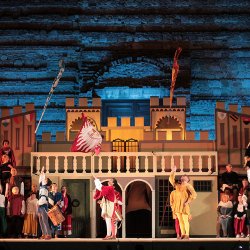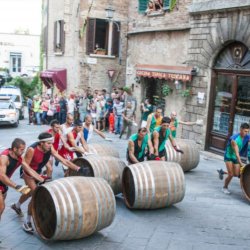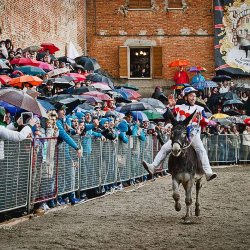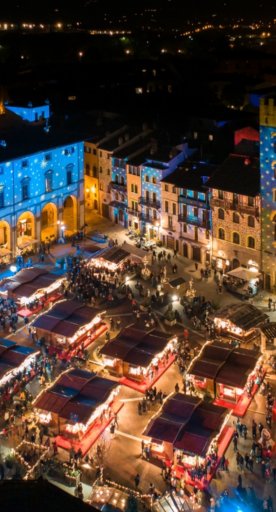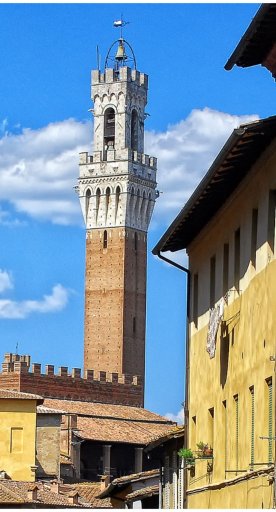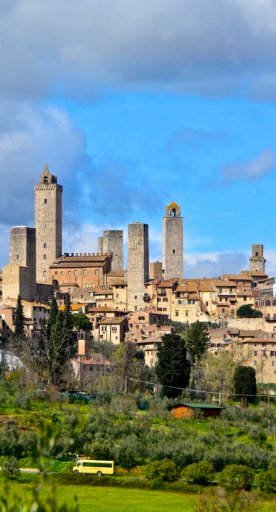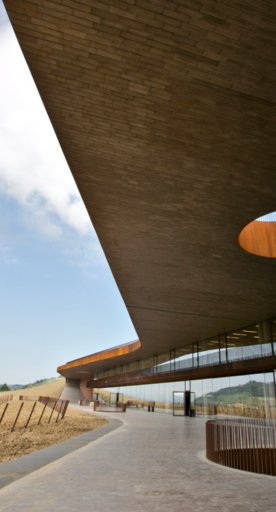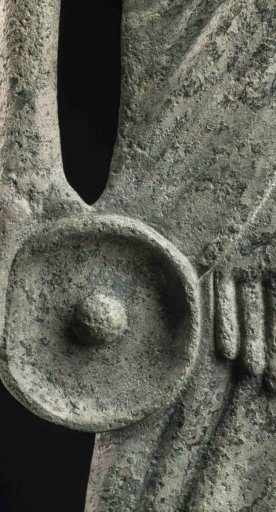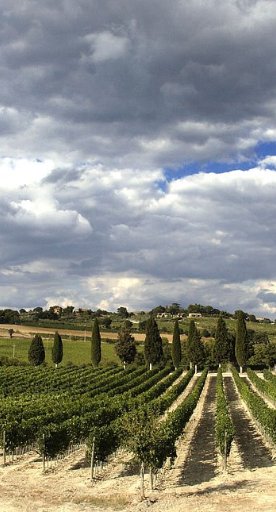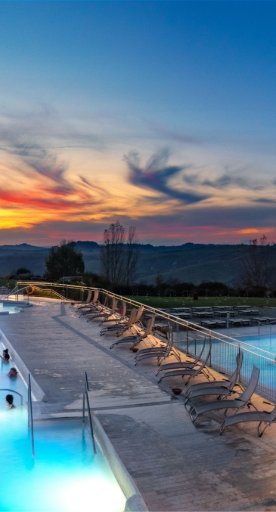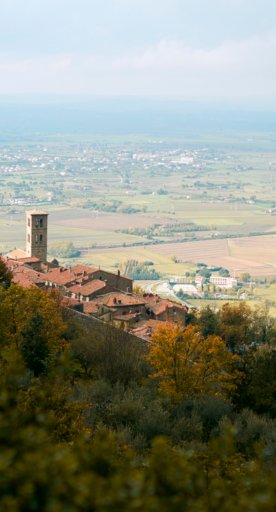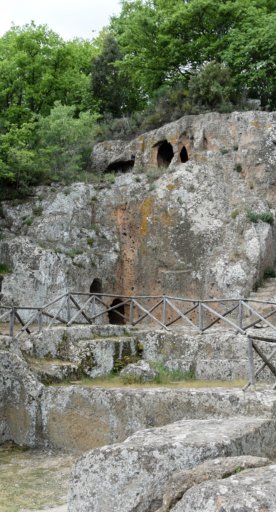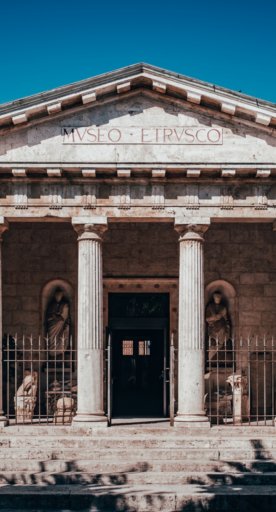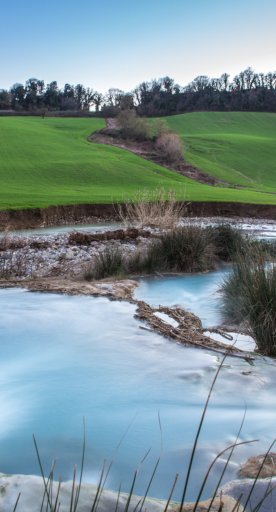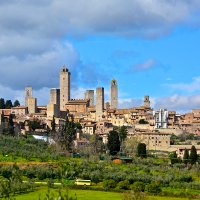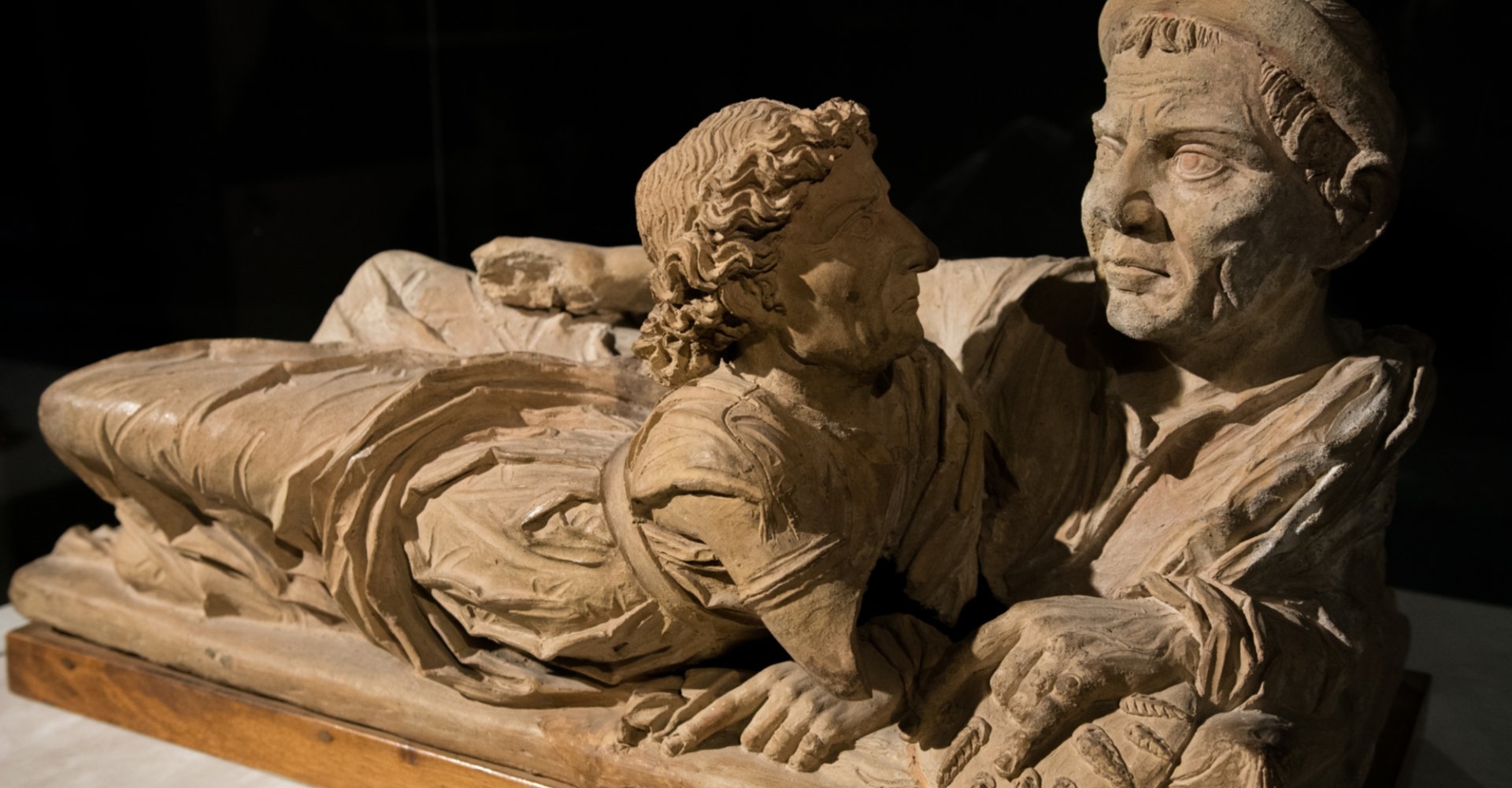

5 Etruscan works of art in Tuscany
A journey through necropolises and archeological museums
A divine world populated by demonic figures, with richly decorated urns and sarcophagi portraying the deceased as close as possible to how they looked in real life, as well as scenes of hunting, music and dance, bronze votive offerings and mythological and imaginary animals in alabaster and stone. There are many pieces of Etruscan art that have survived to the present day and which can be admired at Tuscany’s museums and necropolises: here are 5 works made by these ancient peoples that are absolutely worth seeing.
-
1.Tomb of the Infernal Chariot
-
2.Urna degli Sposi (Urn of the Spouses)
-
3.Ombra della Sera (Shadow of the Evening)
-
4.Chimera di Arezzo
-
5.Sphinx of Chiusi
Tomb of the Infernal Chariot
We begin in Sarteano to discover the extraordinary Tomb of the Infernal Chariot, dating to the 4th century BCE and which is located in the Pianacce Necropolis (open for visits only upon reservation at the Archeological Museum in Sarteano, where you can see a life-size reconstruction of the tomb).
In the tomb, you can marvel at a painting cycle that is unparalleled in the world of Etruscan art, dedicated to the divine realm. In the first scene, a red-haired demon guides a cart attached to two griffins and two lions, enveloped in a black cloud, while on the same wall, there are paintings of the two deceased feasting in the afterlife; the other wall contains a depiction of a large three-headed serpent.
Urna degli Sposi (Urn of the Spouses)
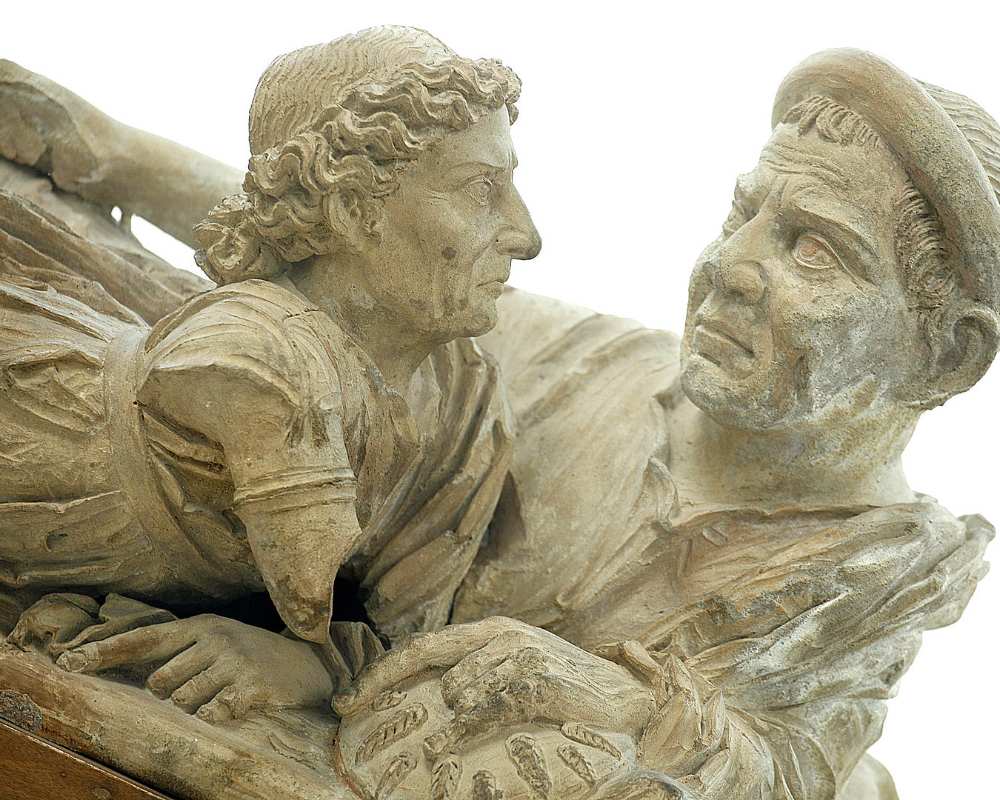
Moving to Volterra, we can find one of the most important archeological museums in Tuscany: the Guarnacci Etruscan Museum, home to an immense collection and located inside Palazzo Desideri Tangassi.
This is where you can see one of the most famous works of Etruscan art, the Urna degli Sposi, a sarcophagus with low-relief engravings of an elderly married couple, husband and wife laying together on a bed, frozen for eternity in a sweet embrace.
Ombra della Sera (Shadow of the Evening)
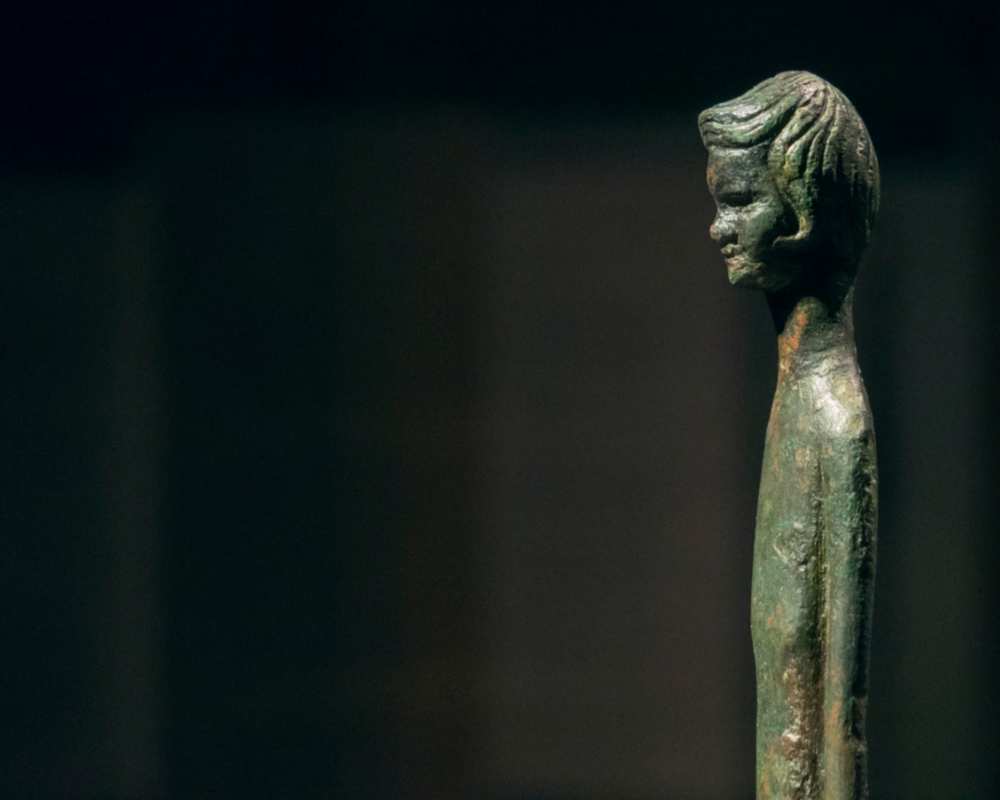
The Etruscan Museum in Volterra conserves a very unique artwork, with a simple form and almost contemporary-looking: the bronze votive offering known as Ombra della Sera, a masterpiece of Etruscan art from the 3rd century BCE, which depicts an elongated male figure, almost as the man himself were an evening shadow.
Chimera di Arezzo
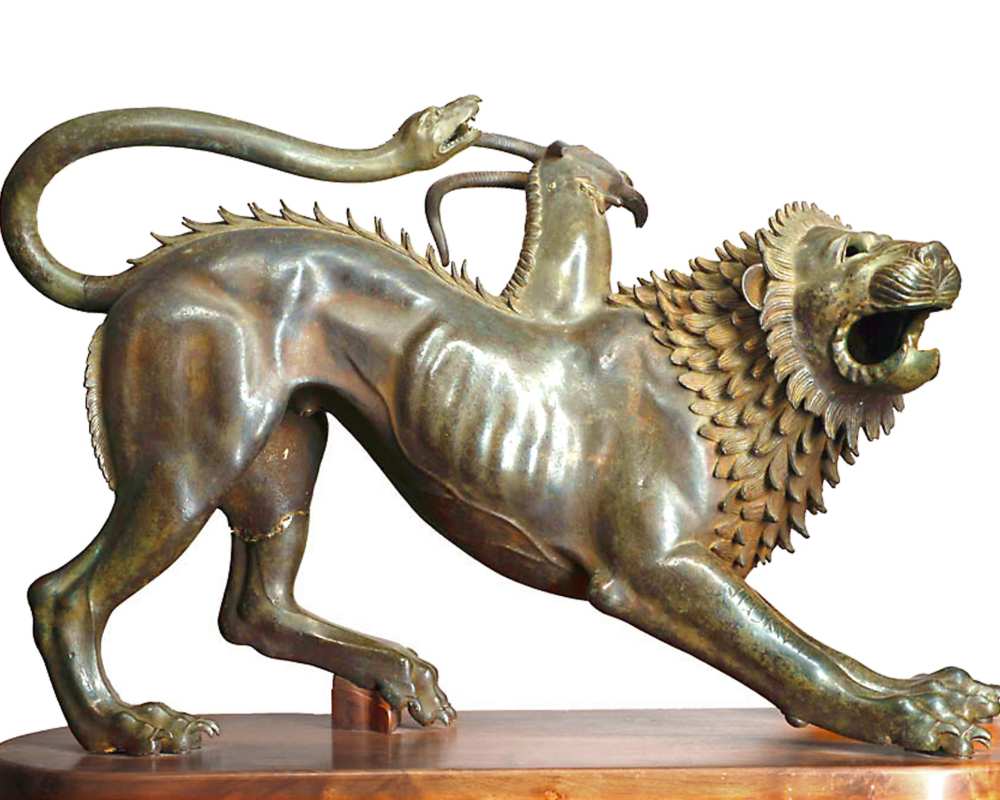
Another emblematic work of the Etruscan period is the Chimera di Arezzo, a bronze masterpiece discovered in 1553 near Arezzo and which today can be seen in the National Museum of Archeology in Florence. The bronze dates to the 4th century BCE and depicts an imaginary animal with the body and head of a lion, the head of a goat on its back and a long serpent for a tail.
Sphinx of Chiusi
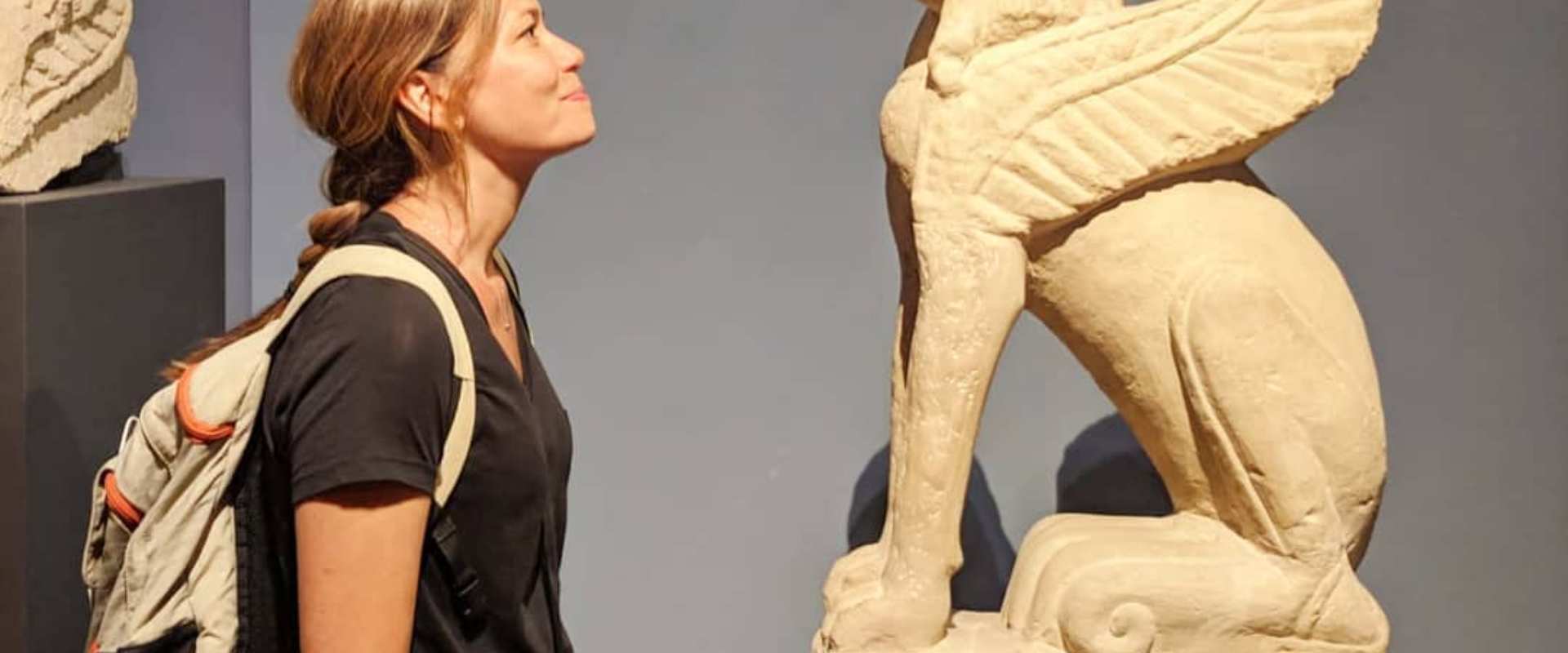
We end with the stone sphinx dating to 570-560 BCE, one of the most important works of Etruscan art conserved in the National Museum of Archeology in Chiusi, the historic Etruscan city where, according to legend, the Labyrinth of Porsenna is located, home to a mythical treasure. In reality, the labyrinth was probably an Etruscan aqueduct, and today it’s open to any visitors interested in walking this underground route, which begins at the cathedral museum.

